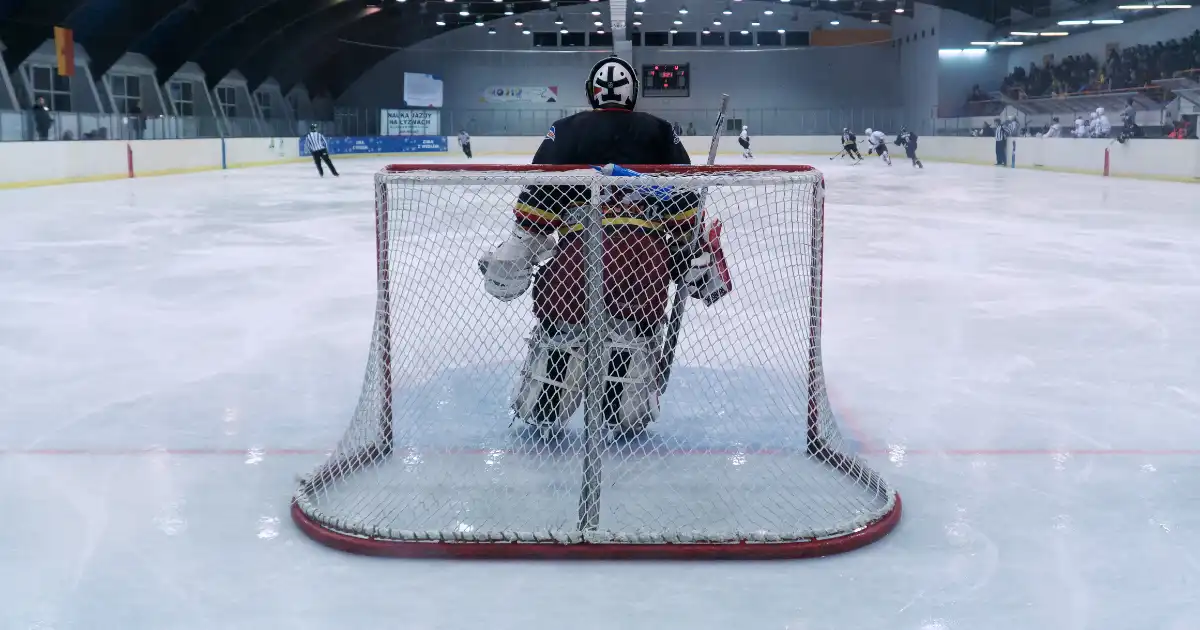In the world of hockey, the goalie is often the last line of defense—and the first player fans notice when a big save is needed. But there are moments in every season when coaches make the bold call to pull the goalie off the ice. It’s a high-stakes decision that can dramatically shift the flow of the game. So, when can a goalie be pulled, and why do teams make this move? Let’s break it down.
Pulling the Goalie: The Basics
Pulling the goalie means substituting the goaltender for an extra skater. This move leaves the net empty, putting pressure on the opposing team by increasing offensive firepower. It’s legal and strategic, and while it carries risks, it can also lead to spectacular comebacks.
There are several scenarios when a goalie might be pulled, and each has its own reasoning based on game context, momentum, and tactical considerations.
Late-Game Offensive Push
The most common reason to pull a goalie is during the final minutes of a game when a team is trailing by one or two goals. Coaches will usually call the goalie to the bench with about 1 to 2 minutes left on the clock, aiming to tie the game with an extra attacker.
This tactic turns a 5-on-5 situation into a 6-on-5, giving the offense a numbers advantage in the attacking zone. The added skater can set screens, keep the puck in the zone, and create passing lanes that are difficult to defend. For teams trying to even the score, this is often a go-to strategy.
Delayed Penalty Advantage
Another key moment when a goalie is pulled is during a delayed penalty. When the opposing team commits a penalty, the referee raises their arm to signal the infraction, but play continues until the penalized team gains control of the puck.
During this delay, the team receiving the power play can pull their goalie for an extra attacker without risk—since play will stop as soon as the other team touches the puck. It’s a free opportunity to press with six skaters against five, hoping to score before the penalty is officially enforced.
Poor Performance or Injury
Sometimes, the decision to pull a goalie isn’t about strategy—it’s about necessity. If a goalie is struggling to make saves or has let in several quick goals, the coach may pull them to spark the team or shift momentum.
This is not always an indication of poor play. It can be used to reset the team’s mindset, energize the bench, or protect the goalie from further pressure. In the case of an injury, pulling the goalie is mandatory to ensure the player’s safety.
Strategic Timeout or Energy Reset
While less common, a coach might briefly pull the goalie to create a stop in play if their team is exhausted or disorganized. This is usually done in conjunction with a timeout to regroup and prepare for a critical faceoff or penalty kill.
Although the rules don’t allow you to call a timeout just to avoid pressure, pulling the goalie at the right moment can achieve a similar result—especially if the team regains possession and can then freeze the puck or get a whistle.
Pulling the Goalie Early: A Growing Trend
In recent years, analytics have encouraged coaches to pull the goalie earlier than tradition dictated. While it used to be standard to wait until the final minute, some teams now pull their goalie with 2.5 to 3 minutes remaining, or even earlier depending on the deficit.
Statistically, the earlier pull can increase scoring chances. With more time to work with an extra skater, teams often generate more sustained pressure. Of course, the longer the net is empty, the higher the risk of an empty-net goal.
The Risks of an Empty Net
Pulling the goalie isn’t without its dangers. Without a netminder, even a small mistake—like a turnover or missed pass—can lead to an easy goal for the opposition. That’s why coaches only use this tactic in high-leverage moments, where the potential reward justifies the risk.
The pressure also shifts to defenders and the extra skater. They must maintain puck possession, avoid risky passes, and ensure tight coverage to prevent a costly turnover.
How Goalie Pulls Impact the Game
The presence of an extra attacker forces opponents into a defensive shell. Teams often collapse toward the net, clogging shooting lanes and blocking shots. Pulling the goalie changes not only the number of skaters but the entire rhythm of the game.
Players must adapt quickly, using set plays and precise puck movement to create high-percentage chances. In the playoffs, these moments can define a season.
Making the Most of the Goalie Pull
Knowing when to pull the goalie is one of hockey’s most intense and strategic decisions. It reflects a coach’s confidence in their team’s ability to strike under pressure—and a willingness to gamble for the win. From late-game pushes to delayed penalties and performance resets, pulling the goalie has become a vital part of the modern game.
If you’re a goalie preparing for those high-stakes moments, make sure you’re armed with gear that holds up under pressure. Check out All Black Hockey Sticks for elite-quality sticks that won’t break the bank—and be ready when it’s your time to shine in the crease.
#HockeyStrategy #GoalieGear #PullTheGoalie #AllBlackHockeySticks #HockeyTips #IceHockey #GoalieLife #ABHS

